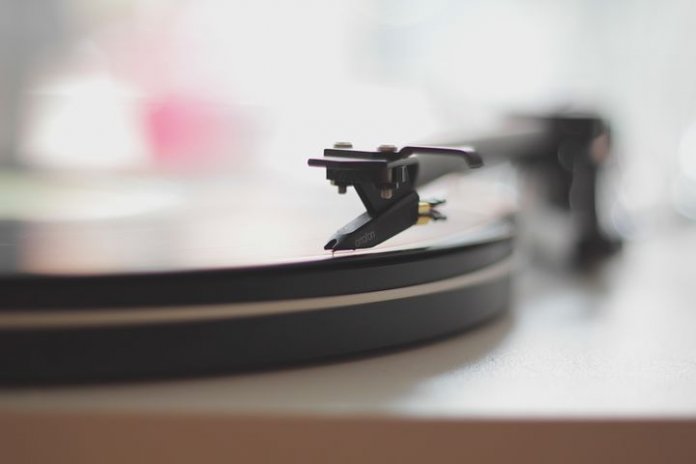Music stands arrive in various kinds and models, and can be created from many various elements. But with few exceptions, they all share the identical basic elements. From reduced to higher these consist of the “foundation”, the “shaft”, and the “tray”.
The Base
The foundation of a sheet new music stand will most generally have a few legs and be of both a tri-pod or common, set-foundation design. A tri-pod base attaches the tops of the legs to the shaft aspect way up from the floor, with 3 base speak to points on the floor. These sorts of legs are nearly usually foldable or collapsible. Just about all folding and portable sheet audio stands are designed this way. A stand with a standard foundation will also generally have a few get hold of factors on the ground, but the other close of the legs will normally be steel-welded to the base of the shaft. This will give the stand additional security, but will sacrifice the ability of the stand to very easily fold down into a more compact space for more effortless carrying. Most stands identified in educational institutions are of this sort.
The Shaft
The center part of the music stand, which connects the base with the tray, is the shaft. If the stand is top- adjustable, then most possible the shaft will have two tubes, one inside the other. These tubes will telescope and then lock at the sought after peak. If a stand has a typical base, then it is very probable that the shaft will be of a “a person piece” design and style. That is, the outer tube will be a single piece and will not collapse to any shorter than the minimal participating in height. If a stand has a tri-pod foundation, then it may possibly have a a single, two, or 3-piece shaft (or additional). Many-piece shafts will either telescope down to a extremely smaller size for simplicity of transportation, or the pieces will separate and hence just take up significantly significantly less place facet by aspect. By natural means, the single piece shaft is deemed the strongest, nonetheless, folding and portable new music stand shafts have develop into considerably much better in the past number of a long time.
The Tray
The component of a sheet tunes stand which essentially retains the new music is typically referred to as the tray or the “desk”. The tray consists generally of two pieces. The vertical backing is termed the “bookplate”, and is commonly either a single, good piece, or is manufactured from a number of interconnecting bars that have areas amongst them (as with folding stands). The horizontal guidance (which retains the sheet songs from slipping to the ground) is called the “shelf” or the “lip”. The regular depth of a shelf is about two inches, but this can fluctuate relying on the meant use of the stand. If a musician intends to read through new music from books, for illustration, then a stand with a deeper shelf would be wanted. The shelf usually will come as either a solitary, attached piece, or is in two areas which fold alongside one another at the center. The total tray (bookplate in addition shelf) could or may not be adjustable for tilt angle, and may differ in sizing and energy.
Sheet New music Stand Distinctions
These are the simple sections of the huge majority of songs stands you will come upon. Most of the exceptions will be in favor of inventive style and come from stands that are pretty stunning, but in some cases not effortlessly transportable. Some illustrations include songs stands with stable (legless) bases, duel-shafted stands, and jazz or “big band” design and style cardboard stands. And given that there are a myriad of sheet music stand styles, having a grasp of the essential workings of a single of the most critical pieces of equipment a musician will use is practical for two motives. Increasing your basic musical knowledge is often vital and getting to be common with these specific conditions will make you greater capable to review various stands for your personal musical wants.

